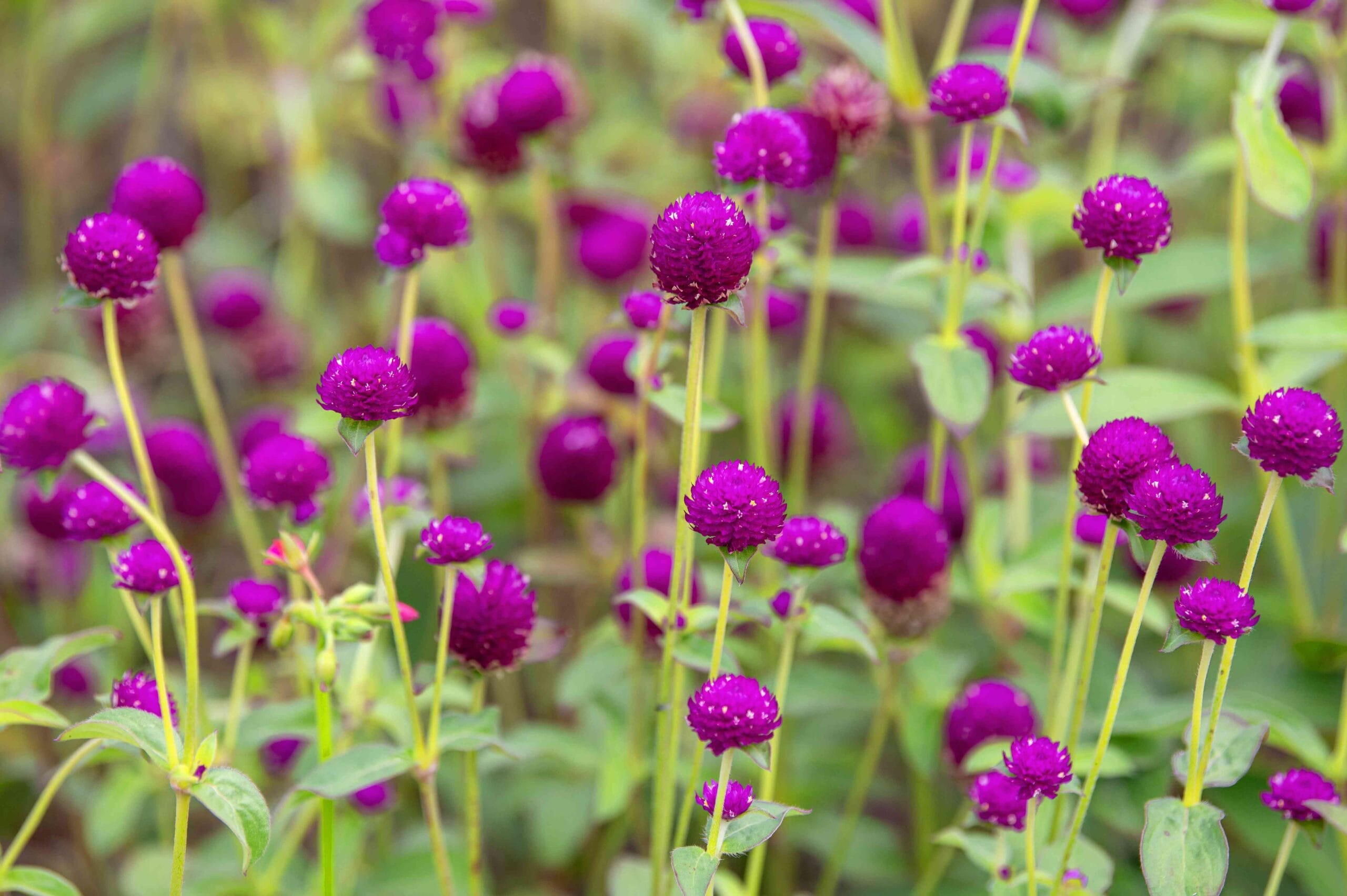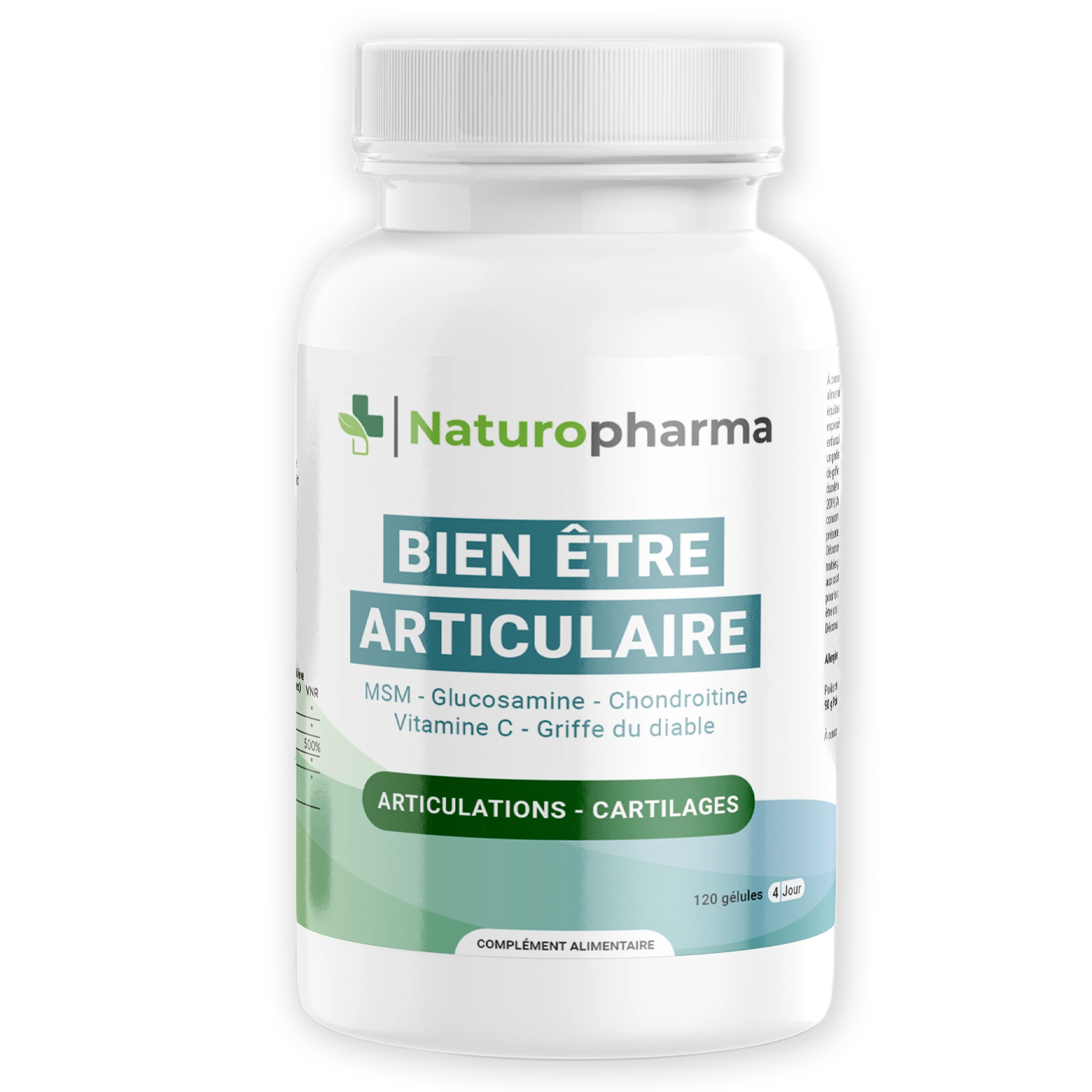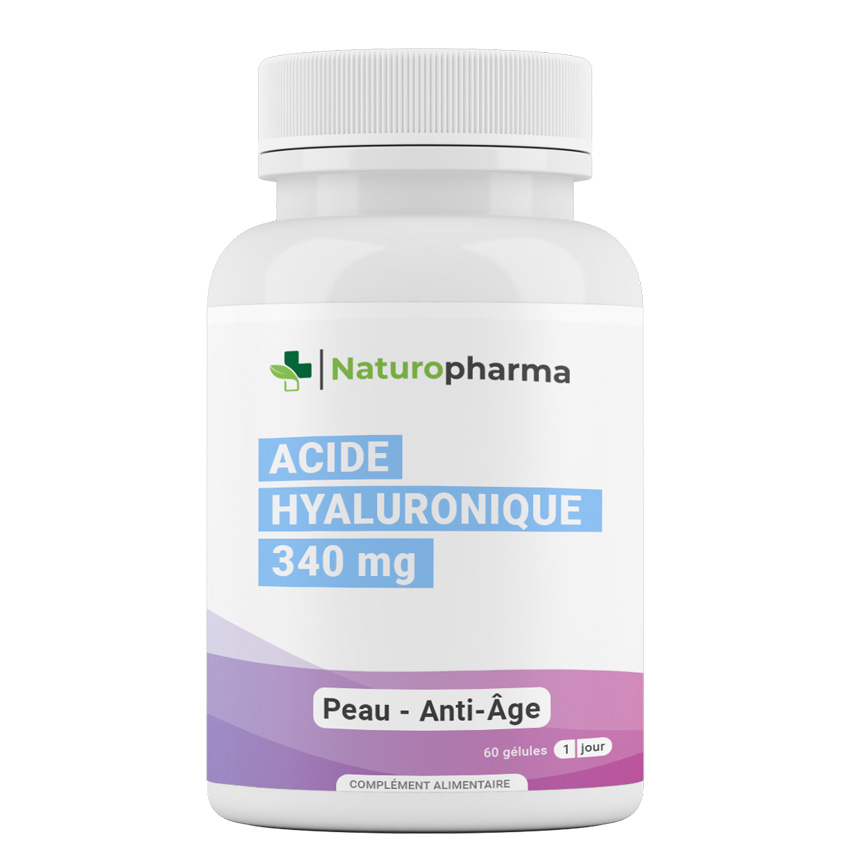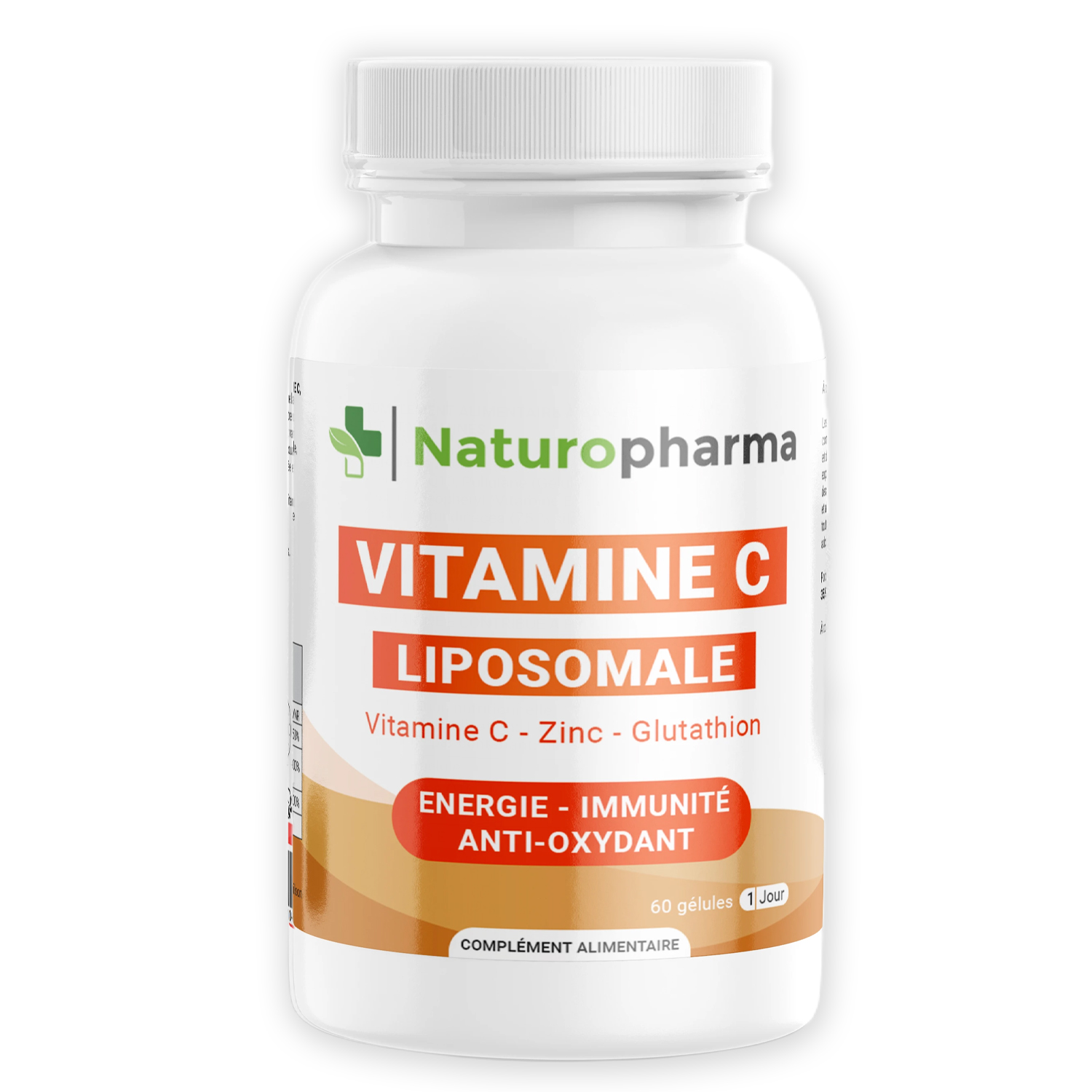Gomphrena: a plant with multiple benefits
GomphrénaGlobe Amaranth is an annual plant native to South and Central America. It is grown for its pretty white, pink or purple flowers, which can be dried and used to make bouquets or decorations. However, Gomphrena also has interesting medicinal properties, particularly when used as a food supplement.
Origin and history of Gomphrena
Gomphrena is a plant found mainly in South and Central America, although it has also been introduced to other parts of the world for commercial production. It is said that the Aztecs used Gomphrena flowers to treat skin ailments and infections. For centuries, the plant has also been used in folk medicine in India and China for its anti-inflammatory and analgesic properties.
Composition and benefits of Gomphrena
Gomphrena is a plant rich in phytochemicals such as flavonoids, saponins and anthocyanins. These elements have antioxidant, anti-inflammatory, antifungal and antimicrobial effects. They help strengthen the immune system and reduce the risk of cardiovascular disease.
As a dietary supplement, Gomphrena is used for its many health benefits:
- Regulation of blood sugar levels : The flavonoids contained in Gomphrena help to maintain stable blood sugar levels and prevent insulin spikes. This plant may therefore be beneficial for people with type 2 diabetes.
- Prevention of cardiovascular disease : The antioxidants present in Gomphrena help to reduce the risk of cardiovascular disease by protecting cells against oxidative damage. They also have an anti-inflammatory effect, which can help to lower blood pressure and prevent the build-up of plaque in the arteries.
- Improved digestion : The saponins present in Gomphrena have antispasmodic and anti-inflammatory properties that can help relieve digestive disorders such as bloating, abdominal pain and cramps.
- Immune system support : Gomphrena is rich in vitamin C and antioxidants, which help to boost the immune system and protect the body against infection.
- Reduces cold and flu symptoms: Thanks to its anti-inflammatory properties, Gomphrena can help relieve sore throats, nasal congestion and fevers associated with respiratory infections.
Use of Gomphrena as a dietary supplement
The part used as a dietary supplement is mainly the dried Gomphrena flower. It can be taken as an herbal tea by infusing a few flowers in hot water for a few minutes. It is also available as a powder, capsule or liquid extract.
The recommended dose varies between brands and products, so it's important to follow the manufacturer's instructions. However, in general, it is recommended to consume between 500 mg and 1000 mg of dried Gomphrena flowers per day.
Precautions and side effects
Gomphrena is generally considered safe and no serious side effects have been reported to date. However, as with any dietary supplement, it is advisable to consult a health professional before starting supplementation, particularly if you are pregnant, breast-feeding or taking medication. People allergic to plants in the amaranth family should also avoid taking Gomphrena.
Conclusion
As well as its decorative properties, Gomphrena has numerous health benefits when used as a dietary supplement. Its composition, rich in phytochemicals, gives it antioxidant, anti-inflammatory and immunostimulant properties. It can be beneficial for regulating blood sugar levels, preventing cardiovascular disease and improving digestion, among other things. However, it is important to always consult a health professional before starting any supplementation and to adhere to the recommended doses to avoid any side effects.
Phytochemical and pharmacological benefits of plants in the amaranth family
Potential effects of using plants from the amaranth family as dietary supplements
Contribution to the use of Gomphrena in phytotherapy











